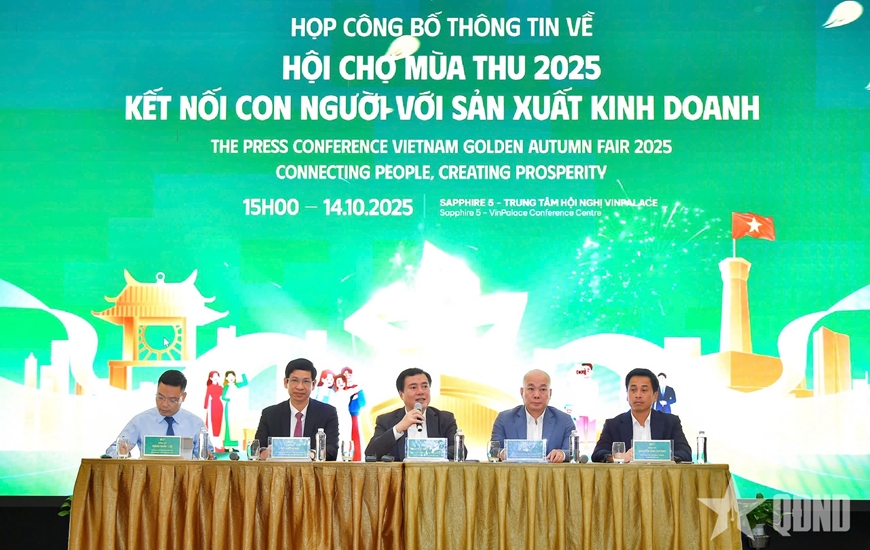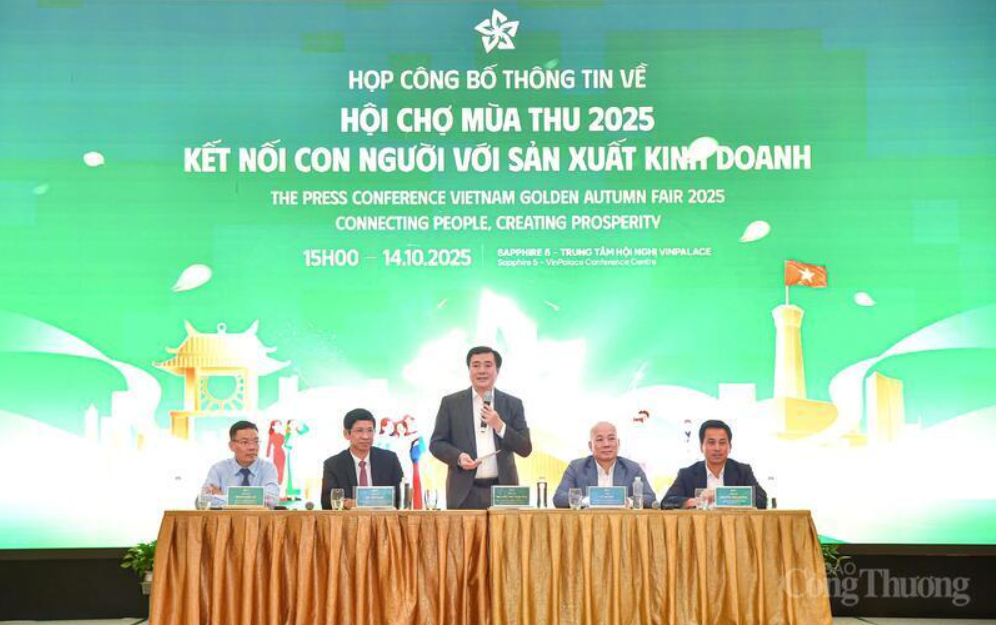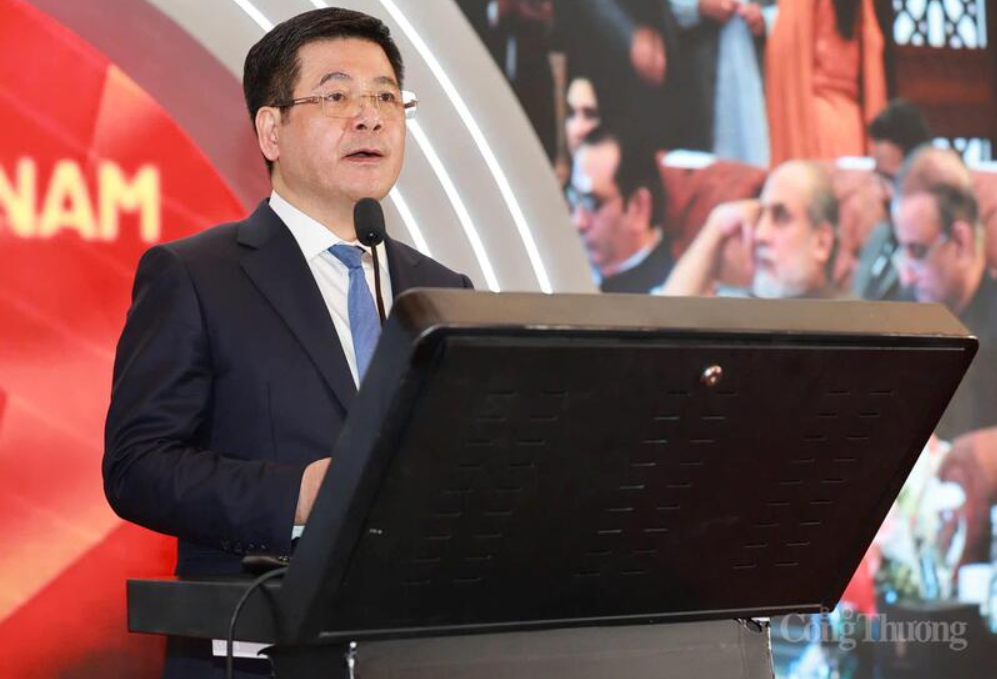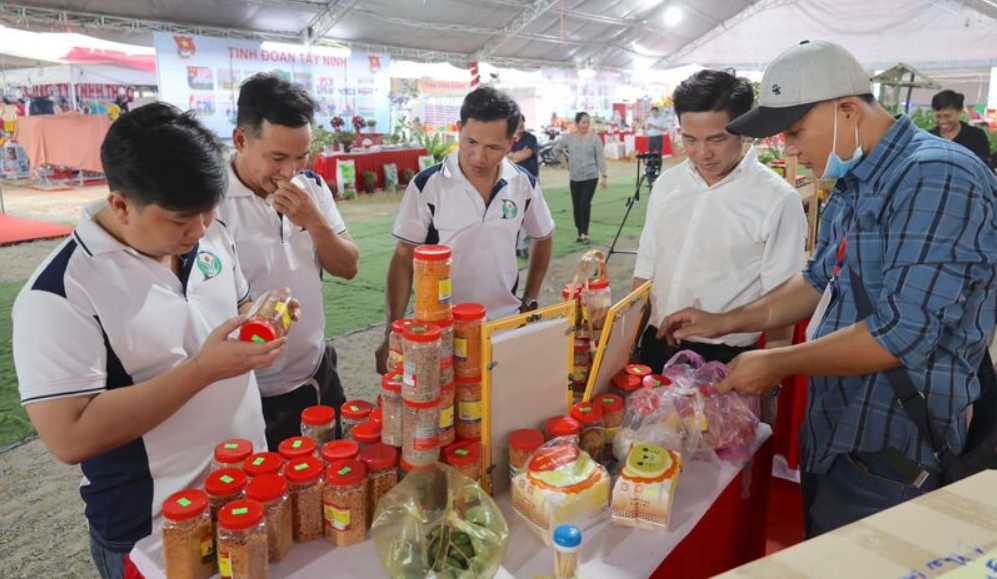
Vietnam highlights LNG power plans at Russian Energy Week 2025
19:05 | 23/03/2025 22:06 | 16/10/2025News and Events
Value chain linkages: The golden key for Hanoi’s supporting industries
In the context of deepening international economic integration and the rapid emergence of the Fourth Industrial Revolution, supporting industries are often described as the “backbone” of modern manufacturing. They play a decisive role in enhancing competitiveness and adding value to key industrial sectors.
For Hanoi, a major economic hub, the development of supporting industries is not only a strategic orientation but also an urgent requirement to affirm its position as a modern, dynamic, and sustainable industrial city. In this journey, value chain linkages are regarded as the golden key that opens the door for local enterprises to integrate more deeply into global production networks.

From its existing potential to its ambition to rise, Hanoi is determined to remove bottlenecks and strengthen value chain linkages to drive breakthroughs in supporting industries. Photo: Can Dung
Despite having significant potential, with numerous industrial parks and clusters and thousands of enterprises in fields such as engineering, electronics, textiles, and footwearm Hanoi’s supporting industry firms remain weakly connected to major domestic and international corporations.
Most companies are small or medium-sized, with limited technological capacity, and still struggle to meet strict requirements on quality, cost, and delivery timelines. As a result, many large corporations continue to import components or source them from more advanced provinces, causing Hanoi’s enterprises to miss valuable opportunities while leaving supply chains less flexible and more costly.
To overcome these challenges, promoting value chain linkages must be pursued in a synchronized manner by the government, intermediary organizations, and businesses themselves.
First, support policies need to be substantive, including tax and credit incentives, research and development funding, technological upgrades, improved management capacity, and the training of high-quality human resources. At the same time, regular trade fairs, forums, and exhibitions should be organized to connect domestic and foreign enterprises, supported by a digital database on the capacities of supporting industry firms to facilitate partner search and collaboration.
On infrastructure, Hanoi must focus on planning and developing specialized industrial parks and clusters for supporting industries with modern technical facilities, streamlined administrative procedures, and reduced investment and operating costs. Trade associations and industrial support centers should strengthen their role as bridges, providing market information, training, consultancy, and trade promotion, while also setting up technical centers for testing, certification, and technology transfer.
Enterprises themselves must take a more proactive role in understanding the demands of large manufacturers, investing boldly in technological innovation, improving product quality to meet international standards, and actively participating in networking activities to build long-term, trustworthy partnerships.
The year 2025 marks an important milestone for Hanoi’s socio-economic development. Promoting value chain linkages in supporting industries is not merely a short-term solution but also a long-term strategy to enhance competitiveness, increase product value, and achieve deeper integration into global value chains.
With the determination of local authorities, the engagement of intermediary organizations, and the breakthrough efforts of businesses, Hanoi can dismantle bottlenecks and pave the way for supporting industries to reach new heights, contributing to the sustainable prosperity of the capital.
Hanoi’s Breakthrough depends on innovation
According to Associate Professor Dr. Tran Le Hung from Gustave Eiffel University (France), the biggest bottleneck lies in limited technological capacity and the lack of value chain linkages, which have prevented Hanoi’s supporting industry enterprises from participating deeply in global supply networks.
He emphasized that without improving internal capabilities and capitalizing on the connectivity role of multinational corporations, Hanoi will continue to miss opportunities. The proposed solutions, ranging from more effective incentive policies and infrastructure development to strengthening industry associations and encouraging businesses to take initiative in innovation, represent a comprehensive and well-balanced approach.
However, Hanoi’s supporting industry challenge cannot stop at the policy framework. Effective implementation is crucial, particularly by prioritizing a few spearhead sectors such as electronics and precision engineering as breakthrough areas.
From an international perspective, Dr. Hung argued that developing supporting industries in Hanoi must be viewed within the globalized supply chain context.
“The key issue is not simply to create more supporting industry enterprises, but more importantly, to build companies capable of meeting international standards and directly participating in the value chains of multinational corporations. Hanoi has the advantage of a skilled workforce, but it must focus strongly on technological innovation, product standardization, and financial support mechanisms to ensure competitiveness”, he explained.
He further noted that Hanoi possesses unique advantages that, if well utilized, could drive supporting industry growth. “As a major administrative and economic center, Hanoi is home to many universities, research institutes, and high-quality human resources. These are vital conditions for supporting industry enterprises to access new technologies quickly, link research with production, and narrow the gap with international standards", Dr. Hung pointed out.
Additionally, Hanoi benefits from its location at the core of the capital’s growth pole and its connectivity with neighboring industrial centers. This creates a relatively complete production and supply network, offering local firms the opportunity to integrate more deeply into regional value chains, especially in electronics, automotive, and manufacturing industries.
Nonetheless, the greatest difficulty remains in the mindset toward collaboration and the scale of enterprises. Most supporting industry companies in Hanoi remain small, lacking both horizontal and vertical linkages, and have yet to form competitive industrial clusters or production networks. This is also the reason why multinational corporations, when establishing production bases in northern Vietnam, still mainly source from enterprises in provinces such as Bac Ninh, Thai Nguyen, and Hai Phong rather than Hanoi.
Hanoi now faces both opportunities and challenges. The opportunities lie in its workforce, infrastructure, and geo-economic advantages, while the challenges stem from slow innovation, small enterprise scale, and weak linkages.
Thus, the key is not only supportive policies but also the proactiveness and determination of both authorities and the business community. If value chain bottlenecks are resolved, Hanoi’s supporting industries can truly become a driving force, enabling the capital to assert its position as a modern and sustainable industrial hub in the region.

19:05 | 23/03/2025 22:06 | 16/10/2025News and Events

19:05 | 23/03/2025 21:01 | 16/10/2025News and Events

19:05 | 23/03/2025 20:59 | 16/10/2025Trade

19:05 | 23/03/2025 20:56 | 16/10/2025Trade

19:05 | 23/03/2025 20:51 | 16/10/2025Trade